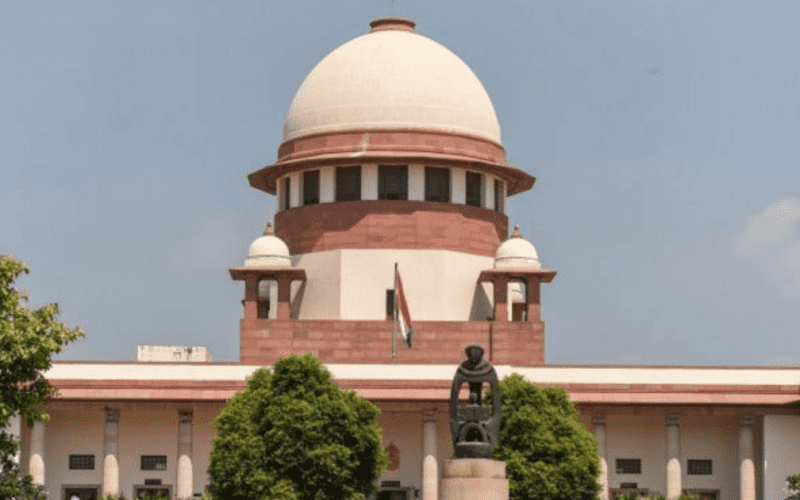Author: Shubhangi Raj, BBA, llb 5th year Banasthali Vidyapith
Everyone in this world has human rights, even the children are humans and they enjoy many of the rights which adult enjoys in the International Human Rights Treaty. Many of the people around us don’t know that there’s also a treaty that’s is dedicated only to the children and the treaty is “United Nations Convention on the rights of the child”.
History of UNCRC
The idea that the children must also have some rights dates much further back. there’s been a long-standing focus on protecting vulnerable children that were used as a charitable response to sufferings. However, at the beginning of the 20th century, some activists started spreading the idea that children must have their basic rights. In the backwash of the first world war, Eglantyne Jebb and others campaigned for the first international declaration of the rights of the child in 1924. The same was adopted by the United Nations in 1959. In 1979 Poland proposed that there must be a convention for children and by the next decade counties around the world debated and negotiated the text of what would become the most widely supported human rights treaty which the UN ever produced: The United Nations Convention on the rights of the child.
Who is who?
The United Nations is an organization that is committed to maintaining peace, security and promoting human rights. One of the ways it does this is through international human rights agreements based on 3 core principles of human rights that are:
Dignity
Equality
Respect
UNCRC is one of these and sets a global human rights notion for every person under the age of 18. it was recognized by the vast majority of UN member states in 1989 and is now the most ratified human rights treaty. Countries that ratified treaties are called state parties in agreeing to be bound by these treaties they become known as Duty bearers because they must uphold the articles of the convention.
Those who are benefitted from the human rights treaties are known as the right holders so in this case, anyone under the age of 18 is a right holder irrespective of their gender, religion, creed, complexity, or citizenship. Parents are also the right holder under the convention. They are entitled to assistance from the state in raising their children and they are entitled to provide their child with advice and guidance as the convention is an agreement between state parties individual do not have any responsibility to uphold it.
What does UNCRC say?
The convention describes the obligation that a state party has towards the children living within its border. The convention is comprehensive and addresses numerous aspects of children’s lives.
Rights described by the article:
Non-discrimination
The best interest of the child
Life survival and development
Views are given due weight.
The other rights can be grouped under five categories which include civil rights and freedom, family environment and alternative care, health and welfare, education leisure and culture, and special protection measures that cover children in an emergency, child exploitation, etc
These rights are indivisible and interdependent which means the failure to provide anyone can affect the enjoyment of others.
How it is made real?
The main way the convention is enforced is through the ongoing monitoring by a team of independent experts called the UN committee on the rights of the child and the state must submit the progress report to the committee every five years and their assessment is supplemented with the information provided with the various organization such as the NGO and children’s commission even the children can submit the evidence to the committee. The output drawn from all of these is a report called concluding observation it summarizes the views of the committee on the sites of children’s rights in each country and also provides improvement recommendations at individual states. Another way to ensure the convention’s implementation is to raise awareness of its existence. countries must make sure that is widely known by both adults and children.
Why it matters?
The convention on the rights of the child matters more than many people imagines. For one to recognize that the children are the right holders and the states are the duty bearers who work for them must know that they are bound by the set of internationally ratified human rights articles that must be followed. They should respect, protect, and fulfill all of the commitments to which they have agreed. Children’s rights ensure that they no longer rely on charity and generosity to meet their requirements. Every kid, everywhere, should have the rights outlined in the United Nations Convention on the Rights of the Child.
UNCRC and its relationship with India
On November 12, 1992, India signed the UNCRC. Signing a convention shows that a government intends to analyse the treaty domestically before ratifying it. By signing, India promised not to act against the treaty’s intent and purpose. India ratified the UNCRC on December 11, 1992, nearly a month after it was signed. Ratification is the legal process of recognising the convention using the country’s own legislative procedures. After ratification, India became legally bound to execute the convention’s rights.
India, as a State Party to the UNCRC, is committed to:
Implementing the convention’s provisions through suitable legislation and administrative measures.
Providing periodical reports to the United Nations Committee on the Rights of the Child on efforts taken to implement the Convention.
Increasing awareness of the convention’s principles and provisions among adults and children.
In 1997, India submitted its first report to the United Nations Committee on the Rights of the Child. The most recent combined third and fourth periodic reports were submitted in 2011. In 2007, the National Commission for Protection of Child Rights was Established, this commission oversees the implementation of child rights in India, including those contained in the UNCRC.
Conclusion
The 1989 United Nations Convention on the Rights of the Child (UNCRC) outlines children’s civil, political, economic, social, health, and cultural rights. The UN Convention on the Rights of the Child (CRC) has inspired various laws and policies in India, notably the Juvenile Justice (Care and Protection of Children) Act of 2015, the Right of Children to Free and Compulsory Education Act of 2009, and the Protection of Children from Sexual Offences (POCSO) Act of 2012. Nevertheless, Improvements India confronts problems in effectively implementing the UNCRC, including child labour, child marriage, access to quality education, child trafficking, and malnutrition. India’s adoption and ratification of the UNCRC show a major commitment to children’s rights, which has affected many legal and policy actions in the country. However, implementing the convention’s requirements is an ongoing effort that involves combining international norms with national realities and resources.
FAQS
1.What are the two other option protocols India signed and ratified?
India ratified and signed two Optional Protocols to the UNCRC:
Optional Protocol on the Involvement of Children in Armed Conflict (signed in 2004 and ratified in 2005).
Optional Protocol on the sale of children, child prostitution, and child pornography (signed in 2004, ratified in 2005)
2.On which of the four core principles is UNCRC based?
The UNCRC is based on four core principles:
Non-discrimination
Best interests of the child
Right to life, survival, and development
Respect for the views of the child
References:
childrenandarmedconflict.un.org
unicef.org
savethechildren.org.uk


